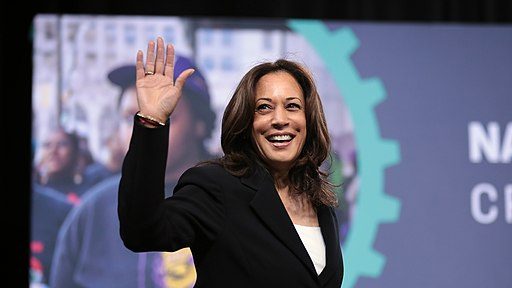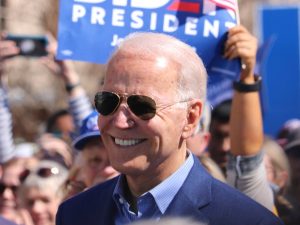As the 2024 U.S. presidential election nears, voters face a distinct choice between Vice President Kamala Harris and former President Donald Trump. Their policies reflect opposing visions for America’s future, with key differences on major issues.

Healthcare
Kamala Harris has been part of an administration that capped insulin prices at $35 and worked to lower prescription drug costs. Her approach focuses on expanding healthcare access, building on the Affordable Care Act (ACA).
Donald Trump, who previously attempted to dismantle the ACA, has stated he won’t pursue another repeal. However, he has proposed taxpayer-funded fertility treatments, a plan that might meet resistance from Republicans in Congress.
Crime
Harris, a former prosecutor, has emphasized her law enforcement experience to contrast herself with Trump, who has faced multiple legal cases. She advocates for justice reform with a focus on rehabilitation and fairness.
Trump has promised to crack down on drug cartels, gang violence, and what he describes as “out-of-control” crime in Democratic-run cities. He positions himself as a tough-on-crime candidate with a more punitive approach.
Guns
Gun violence prevention is a central piece of Harris’ platform. Alongside Tim Walz, she supports stronger gun laws, including expanding background checks and pushing for an assault weapon ban, though these initiatives face significant opposition in Congress.
Trump, meanwhile, has consistently positioned himself as a staunch defender of gun rights. Speaking at a National Rifle Association event in May, he declared himself the Second Amendment’s strongest ally, vowing to resist any efforts to impose restrictions on firearms.
Climate and Energy
Harris played a key role in passing the Inflation Reduction Act, which invested billions into renewable energy, electric vehicle incentives, and climate change mitigation. While she once opposed fracking, she has since softened her stance, supporting an all-of-the-above energy approach.
Trump’s climate policy starkly contrasts Harris’. During his presidency, he rolled back numerous environmental regulations, including those limiting carbon emissions. In his current campaign, he has vowed to expand oil and gas drilling, including in the Arctic, and has criticized the push for electric vehicles, calling them impractical.
Trade
Harris has criticized Trump’s sweeping tariffs on foreign imports, which she argues amount to a “national tax” on working families. She supports a more targeted trade policy to balance protecting American jobs with minimizing the financial burden on consumers.
Trump, however, has doubled down on tariffs as a core element of his trade platform. He plans to implement new tariffs of 10-20% on most imports, with even higher rates on Chinese goods, arguing that tariffs will protect American industries from unfair foreign competition.
Immigration
As vice president, Harris was tasked with addressing the root causes of migration at the U.S.-Mexico border. Her efforts led to securing billions of dollars in investments for Central America to reduce poverty and violence, thereby slowing migration. Harris has also emphasized her record as a prosecutor fighting human trafficking and called for a more balanced approach to border security.
Trump, however, remains committed to his hardline stance on immigration. He continues to push for completing the border wall and increasing immigration enforcement. He has also encouraged Republicans to reject bipartisan border legislation supported by Harris, favoring stricter measures to limit immigration.
The Verdict
The 2024 election presents voters with a choice between two dramatically different paths for America’s future. Harris’ policies center on government intervention to promote social justice, expand healthcare, and fight climate change, while Trump advocates for deregulation, lower taxes, and tougher enforcement on crime and immigration. This stark contrast in policy and vision ensures that the election will be pivotal in determining the direction of the United States for years to come.



